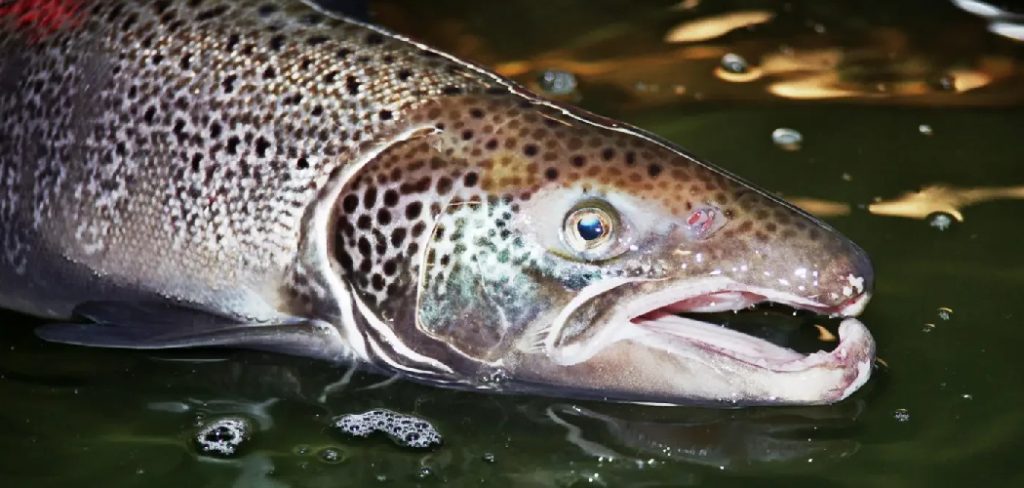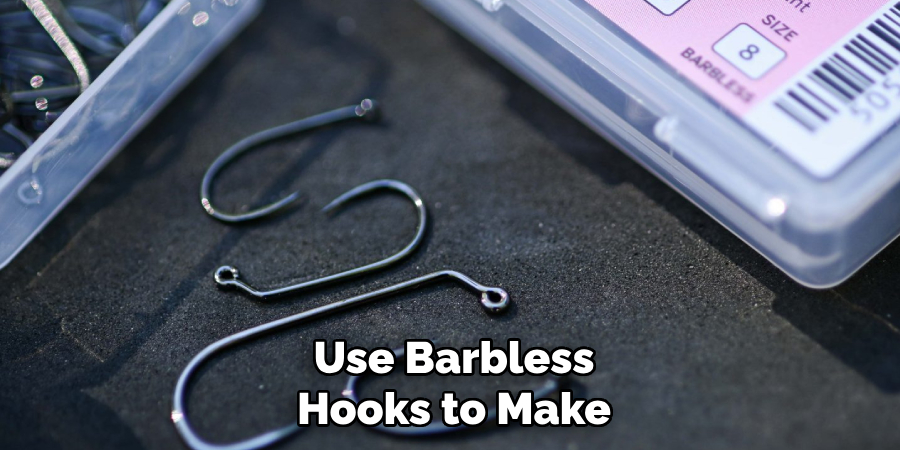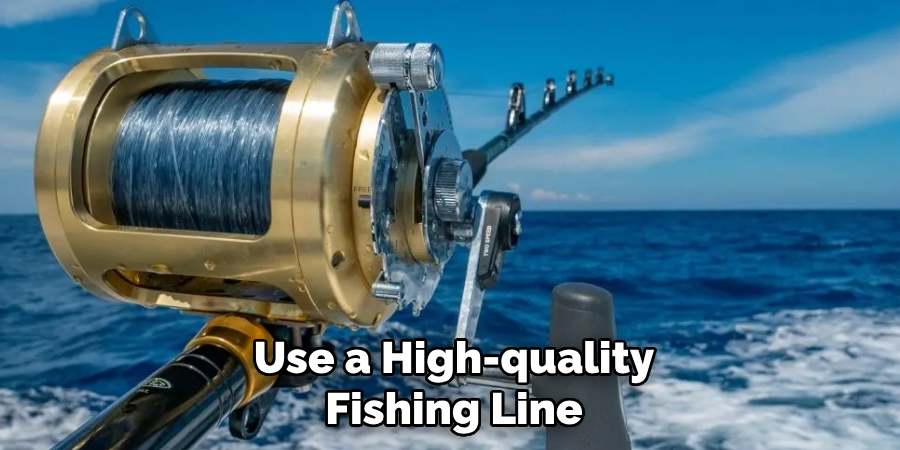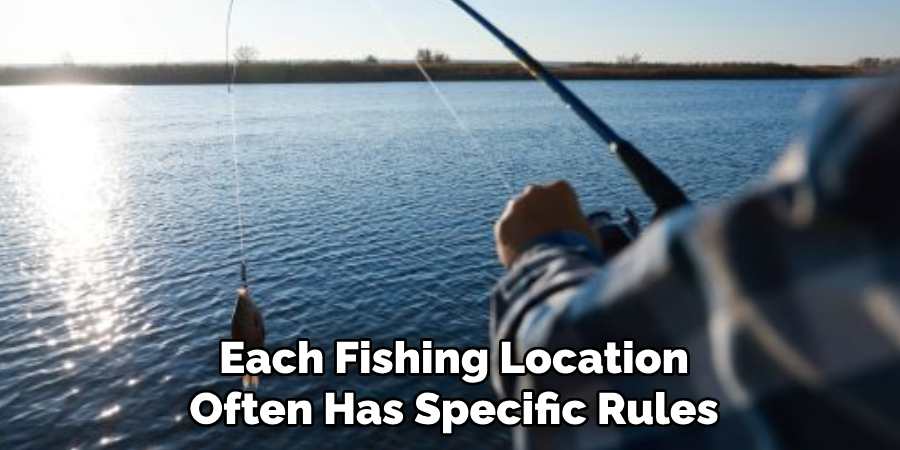Are you an avid angler looking for your following big catch? Landlocked salmon may just be the challenge you’re looking for. These freshwater fish are known for their fighting spirit and delicious taste, making them a popular target among fishermen.
How to fish for landlocked salmon is a rewarding activity for both seasoned anglers and beginners alike. These freshwater fish, known for their agility and fight, require specific techniques and knowledge to catch successfully. Unlike their ocean-dwelling counterparts, landlocked salmon live their entire lives in freshwater lakes and rivers, providing a unique challenge and experience. To fish for them effectively, it’s essential to understand their behavior, preferred habitats, and feeding patterns and have the right equipment and tactics.

This guide will walk you through the essential steps to help you have a successful and enjoyable fishing trip targeting landlocked salmon.
What Will You Need?
Before heading out to the water, ensure you have all the necessary equipment. This includes:
- Fishing Rod and Reel: Choose a lightweight yet sturdy rod with a fast action tip for better sensitivity.
- Fishing Line: Use a 6-8 pounds test monofilament or fluorocarbon line for better visibility in the water.
- Lures: Landlocked salmon are known to be aggressive feeders, so choose lures that imitate their natural prey, such as spoons, spinners, and crankbaits.
- Hooks: Use sharp hooks of size 4 or 6 for better penetration and hooking efficiency.
- Bait: If using live bait, opt for worms, minnows, or insects like grasshoppers and crickets.
- Fishing License: Ensure you obtain a valid fishing license for the area you plan to fish in.
Once you have all your equipment and permits, it’s time to hit the water and start fishing for landlocked salmon. But before casting your line, remember a few essential things.
9 Easy Steps on How to Fish for Landlocked Salmon
Step 1. Choose the Right Location:
The first step in successfully fishing for landlocked salmon is selecting the correct location. These fish are typically found in freshwater lakes and rivers that mimic their ocean-going counterparts’ cold, oxygen-rich environments.
Research popular fishing spots in your area, paying special attention to local fishing reports and recommendations. Look for areas with deep water, as landlocked salmon often dwell in these zones during warmer months to stay cool. During spring and fall, they may move closer to the surface or shoreline, especially near inlets and outlets where baitfish are abundant. Understanding their seasonal migration patterns and feeding habits will give you a substantial advantage when determining the best fishing location.

Step 2. Use the Right Gear:
Having the appropriate gear is crucial when fishing for landlocked salmon. Start with a medium-action spinning or baitcasting rod paired with a high-quality reel. Use a durable fishing line, such as a monofilament or fluorocarbon line, that can withstand the intense fight of a salmon. Lures like spoons, spinners, and stick baits work well, mimicking the movement of baitfish that salmon prey on.
Additionally, consider having a trolling setup if fishing in deeper waters, as this method allows you to cover more area and target different depths effectively. Don’t forget to bring essential tools like a landing net, pliers, and a tackle box with various lure options to adapt to changing conditions. Proper gear selection ensures you’re prepared for success on the water.
Step 3. Master Your Technique:
To successfully catch landlocked salmon, honing your fishing technique is essential. Focus on presentation, as salmon can be selective and react differently based on how the lure is presented. When trolling, vary your speed and depth until you find a pattern that triggers bites. If casting, aim for precision by targeting areas near structures, drop-offs, or current breaks where salmon are likely to gather.
Pay attention to your line tension and reel speed to ensure the lure moves naturally through the water. Additionally, staying patient and adjusting your approach based on weather, time of day, and water conditions will help increase your chances of landing a prize catch.
Step 4. Understand Seasonal Patterns:
Landlocked salmon behavior changes with the seasons, making it essential to adapt your strategy accordingly. During spring, these fish are often found in shallow waters, feeding aggressively after the winter months.
This is a great time to fish near shorelines or river mouths. In summer, they tend to retreat to deeper, calmer waters, so focus on downrigging or using lead-core lines to reach the ideal depths. Fall often brings salmon closer to spawning areas, and they may become more territorial, making them more responsive to specific lures or presentations. Understanding these seasonal shifts will help you plan your trips more effectively and improve your chances of success.
Step 5. Practice Proper Catch and Release Techniques:
If you plan to release the landlocked salmon you catch, handling them with care is essential to ensure their survival.
the removal process more manageable and minimize injury. When handling the fish, wet your hands to avoid damaging their protective slime layer, and try to keep them in the water as much as possible to reduce stress. If you need to take a photo, quickly and gently return the fish to the water. Releasing the salmon properly helps maintain the population’s health and ensures sustainable fishing for future anglers.
Step 6. Invest in Quality Gear
The right gear can make all the difference when fishing for landlocked salmon. Invest in a reliable rod and reel combination suited for the size and fight of these fish. Lightweight, medium-action rods are often ideal, paired with reels that offer smooth drag systems to handle the salmon’s strength.

Use a high-quality fishing line to avoid breakage, and consider adding a selection of lures, spoons, or flies that closely mimic the salmon’s natural prey. Proper gear enhances your overall fishing experience and increases your chances of a successful outing.
Step 7. Learn to Read the Water
Understanding how to read the water can significantly improve your chances of finding landlocked salmon. Look for areas where the water depth changes, such as drop-offs, ledges, or underwater structures, as these are often prime spots for salmon to congregate. Pay attention to currents and water temperature, as salmon favor cooler, oxygen-rich waters. Observing the behavior of baitfish or insect activity on the surface can also provide clues to where the salmon might be feeding. Developing this skill takes time and practice, but it is essential to becoming a more successful angler.
Step 8. Practice Patience and Persistence
Fishing for landlocked salmon requires a great deal of patience and persistence. These fish can be elusive, and it may take time to locate and entice them to bite. Be prepared to spend several hours on the water, adjusting your techniques and approaches as needed. Try different lures, depths, and locations until you find what works. Remember that even experienced anglers have days when the fish just aren’t biting. Stay focused, enjoy the process, and appreciate the time spent in nature. Patience and perseverance often lead to rewarding experiences and memorable catches.

Step 9. Record and Learn from Your Experiences
Keeping a fishing journal can be incredibly valuable for improving your success when targeting landlocked salmon. Record details about each trip, including the location, weather conditions, water temperature, time of day, and the specific lures or baits used. Note which techniques worked well and which did not. Over time, these records can help you identify patterns and refine your strategies. Learning from past experiences is key to becoming a more skilled angler, and a well-maintained journal can serve as a treasure trove of valuable insights.
You can become a skilled landlocked salmon angler by following these steps and continuously learning and adapting.
5 Things You Should Avoid
- Using the Wrong Gear: Avoid using fishing gear that is unsuitable for landlocked salmon. Lightweight rods and reels might not provide the strength to handle their fight, and inappropriate bait or lures can lessen your chances of success.
- Fishing at the Incorrect Depth: Landlocked salmon stay at specific depths depending on the season and water temperature. Failing to adjust your technique and gear to target the correct depth can significantly reduce your catch rate.
- Neglecting Seasonal Patterns: Salmon behavior varies significantly throughout the year. Ignoring their seasonal habits, such as spawning or feeding patterns, can lead to unproductive fishing efforts and long, fruitless hours on the water.
- Making Excessive Noise: Being loud or creating water disturbances can scare fish away. Landlocked salmon are sensitive to vibrations in the water, so maintain a quiet and focused approach to increase your chances of success.
- Overlooking Local Regulations: Each fishing location often has specific rules and guidelines regarding bait types, catch limits or equipment usage. Failing to adhere to these regulations risks legal penalties and can harm the salmon population. Always respect local fishing laws.

Conclusion
How to fish for landlocked salmon requires a combination of preparation, knowledge, and patience.
Understanding their feeding habits, recognizing seasonal patterns, and using the right equipment can significantly increase your chances of making a good catch.
It’s also crucial to stay quiet and minimize disturbances while fishing, as salmon are susceptible to vibrations. Lastly, local fishing regulations must always be respected to protect the environment and ensure the sustainability of salmon populations.
With attention to detail and a responsible approach, fishing for landlocked salmon can be both a rewarding and enjoyable experience.
About the Author
Jennifer Branett is the author of Fishy Kayak and an expert in fish-related fields, with over 10 years of experience. Her work blends passion for fishing with a commitment to conservation.
Educational Background
Degree: Bachelor’s in Marine Biology
Institution: University of California, Santa Barbara
Specializations: Aquatic ecosystems, fish behavior, and sustainable practices
Professional Experience
Conservation Projects:
Collaborated with local organizations to restore aquatic habitats
Developed educational programs on sustainable fishing practices
Publications:
Authored articles for fishing magazines and environmental journals
Featured speaker at fishing expos and conservation conferences
Key Areas of Expertise
Fishing Techniques:
Kayak fishing strategies
Freshwater and saltwater fishing methods
Environmental Stewardship:
Advocacy for sustainable fishing
Promoting biodiversity in aquatic environments
Awards and Recognition
Recipient of the [Specific Award Name] for contributions to marine conservation
Recognized as a leading voice in the fishing community by [Organization/Publication Name]
Community Engagement
Workshops and Seminars:
Regularly hosts events to educate anglers on sustainable practices
Engages with youth programs to inspire the next generation of fishers
Online Presence:
Maintains an active blog sharing tips, stories, and conservation efforts
Engages with followers on social media to promote fishing ethics
Personal Interests
Enjoys kayaking in scenic locations
Passionate about photography, capturing the beauty of nature
Advocates for local conservation efforts in her community
